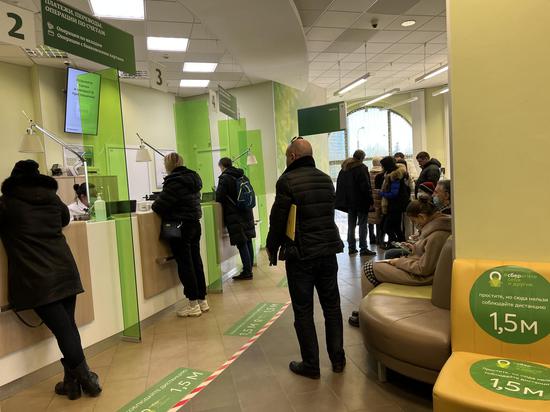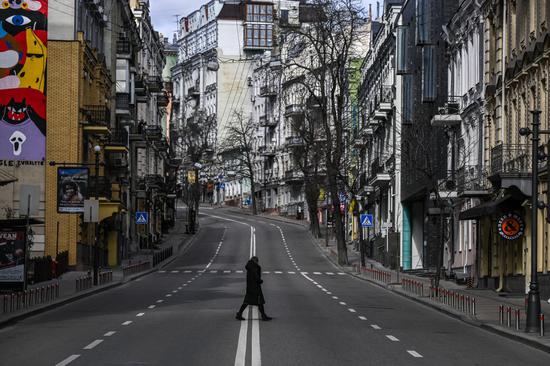More than 3.7 million children in the United States have been plunged back into poverty after monthly federal government checks ended in December, according to a report.
The monthly child poverty rate increased from 12.1 percent in December to 17 percent in January when the extended Child Tax Credit ended, according to a report by The Center on Poverty and Social Policy at Columbia University.
It was the highest number of children living below the poverty line since December 2020.
Children from racial backgrounds suffered. The increase in poverty rates for each racial group between December and January was 7.1 percent for Latinos, 5.9 percent for blacks, 3.9 percent for whites and 3.2 percent for Asians.
"The monthly Child Tax Credit payments buffered family finances amidst the continuing pandemic," the report's authors said. " (It) increased families' abilities to meet their basic needs, reduced child poverty and food insufficiency, and had no discernible negative effects on parental employment."
The enhanced Child Tax Credit from the American Rescue Plan Act had given families a monthly payment of $300 per child.
Last year, the expanded Child Tax Credit went from paying $2,000 per child to $3,600 for children under the age of 6 and $3,000 for children between 6 and 17. It ended on Dec 31.
It was not renewed after U.S. President Joe Biden's "Build Back Better "package failed to pass the Senate due to opposition from Republicans.
Families of 61 million children have already received the advance monthly payments between July and December.
The one-time, lump-sum payments may help to reduce poverty in February, March and April 2022 after the delivery of the second half of the Child Tax Credit, but it will be short-lived.
After the tax season, it is likely that monthly child poverty rates will be "persistently high through the rest of 2022 absent the continuation of an expanded Child Tax Credit, further policy interventions, or strong improvements in labor market outcomes", the report said.
Several states including Alabama are considering a child tax credit of their own. Alabama said its version of the child tax credit could save families $87 million.
In December, New York Governor Kathy Hochul signed the Child Poverty Reduction Act aimed at drastically reducing child poverty in the state in the next decade.
It comes as 1 out of every 5 children, or 800,000 children, living in New York lived in poverty before the pandemic, according to data from 2019 census. In the Bronx borough, 40 percent of children grow up in poverty.
Jennifer McLean, COO for food rescue organization City Harvest in New York, told China Daily that even before the crisis, 2.5 million working-age New Yorkers were struggling to make ends meet, and 1 in 5 New York City children did not know where their next meal was coming from.
Amid the pandemic, the main forms of financial support for families and individuals were stimulus checks, expanded unemployment benefits and food assistance. But many low-income families still struggled.
The report estimated that the Supplemental Nutrition Assistance Program - formerly known as food stamps - and other food assistance kept 1.6 million children from poverty this year and made the January poverty rate for children 11 percent lower than it would have been without it.


















































 京公网安备 11010202009201号
京公网安备 11010202009201号